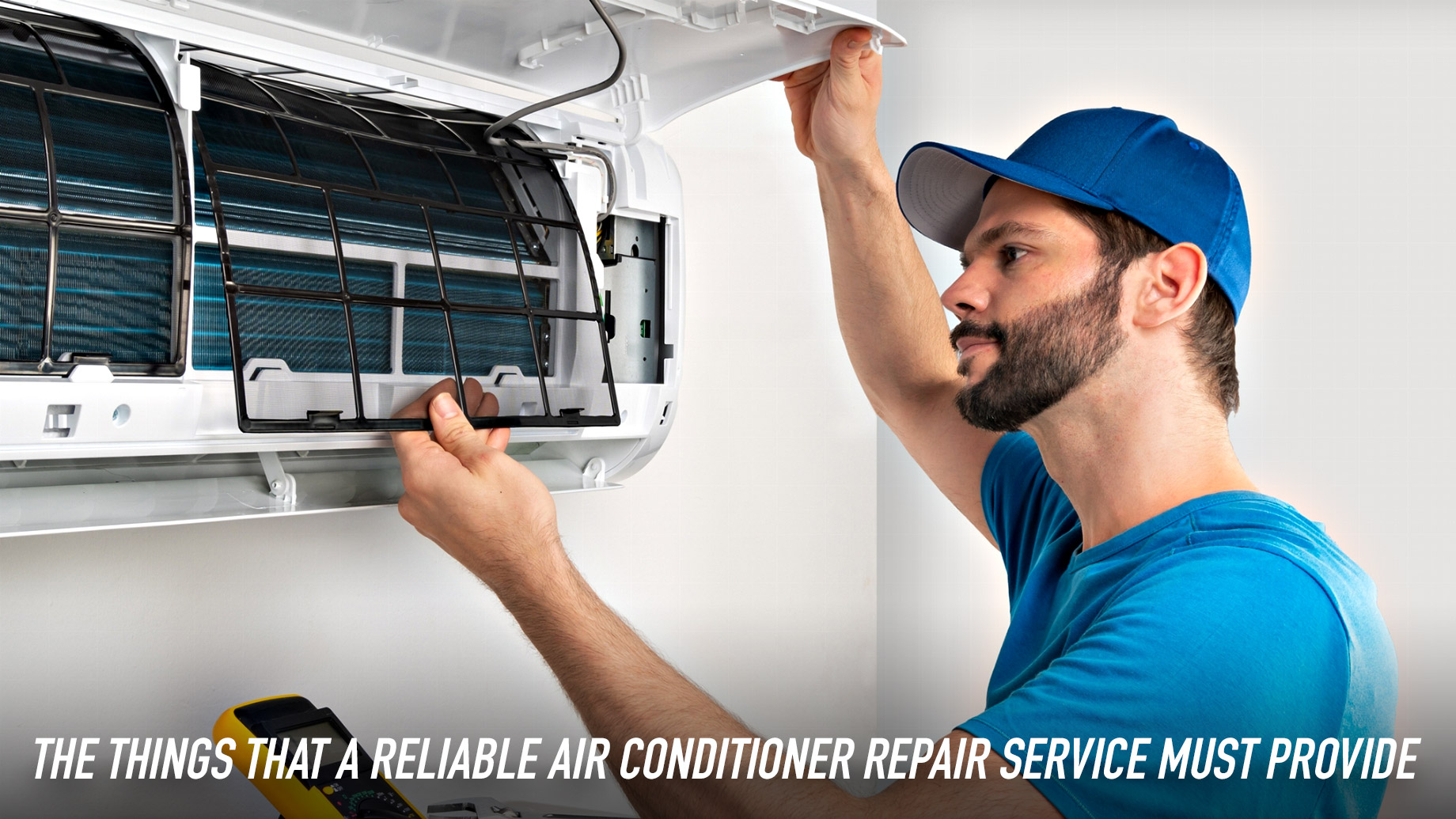As we move further into the 21st century, the significance of efficient thermal, airflow, and HVAC systems, or heating, ventilation, and air conditioning, cannot be overemphasized. Such systems play a critical role in maintaining pleasant indoor environments in both domestic and commercial settings. But with advancements in technology, the HVAC landscape is evolving rapidly, paving the way for more advanced, optimized solutions. Understanding what HVAC is and how it works is crucial for homeowners and businesses similarly, especially as the combination of advanced technology begins to revolutionize our views of these systems.
In this article explore the advancements in HVAC technology, focusing on the innovations that are transforming how we warm and chill our spaces. From smart thermostats that adapt to your habits to eco-friendly systems designed to reduce your monthly bills, the future of HVAC is not just about comfort; it’s about establishing a sustainable lifestyle. We will also discuss typical HVAC problems, maintenance tips, and timely considerations to help you make educated decisions for your home or office. Accompany us as we investigate the field of HVAC and explore how embracing smart technology can lead to a better and satisfactory future.
Understanding HVAC Fundamentals
HVAC stands for heating, airflow, and climate control. These systems are vital for ensuring pleasant indoor climates in both residential and commercial buildings. HVAC units not only manage temperature but also control air quality, making sure spaces are livable and conducive for occupants. Grasping the basic components of HVAC systems helps property owners and building managers make informed decisions about setup, maintenance, and upgrades.

At its foundation, an HVAC system consists of three main functions: warmed air, cooling, and air exchange. Warming is typically achieved through furnaces or heat pumps that warm the air during chilly months. Chilling is primarily provided by air conditioning units that lower indoor temperatures in response to rising heat. Ventilation plays a vital role by allowing fresh air to circulate while venting stale air, which is essential for preserving a healthy living environment.
A well-designed HVAC system should function efficiently and quietly, providing consistent comfort throughout a building. Common types of systems include main air conditioning, ductless mini-splits, and earth-sourced systems, each with its advantages and applications. Grasping these basics sets the groundwork for addressing more intricate topics, such as diagnosing common problems and investigating smart technology advancements in HVAC.
Smart HVAC Advancements
The surge of advanced technology has transformed the HVAC sector, making heating and cooling systems more effective and easy to use. Cutting-edge features such as Wi-Fi connectivity options allow homeowners to control their HVAC systems remotely through smartphone applications, allowing immediate adjustments based on their wants and timing. This connection not just enhances ease of use but also promotes energy efficiency by optimizing system operations according to who is present trends.
Furthermore, smart HVAC systems typically incorporate adaptive algorithms that track user habits over time. These systems can automatically modify temperatures based on when the house is in use or unoccupied, greatly reducing energy consumption during idle times. Additionally, connections with smart home devices, such as voice assistants, allows smooth management, allowing users to change their climate settings with easy voice commands, enhancing the overall ease of the home environment.
An additional key advancement is the application of sophisticated sensors that track indoor air purity and humidity conditions. These sensors can interact with the HVAC system to make real-time modifications, ensuring ideal ventilation and air quality. By assessing https://barnes-santana-2.technetbloggers.de/when-to-replace-your-hvac-system-crucial-signs , allergens, and humidity, these smart systems not only provide a comfortable environment but also contribute to better well-being and wellbeing for the residents, showcasing the multifaceted advantages of embracing smart HVAC solutions.
Maintaining Effectiveness & Comfort
To ensure your HVAC system operates at peak performance, routine maintenance is essential. This includes replacing air filters, inspecting ductwork, and arranging professional tune-ups. Changing filters monthly or every few months can significantly improve air quality and system efficiency. Ignoring filters leads to blocked systems, increasing energy consumption and negatively impacting comfort levels in your home. Professionals can detect potential issues before they escalate, ensuring the system runs smoothly throughout the year.
Alongside regular maintenance, smart technology integration can enhance both efficiency and comfort. Smart thermostats, for instance, are capable of adjusting to your schedule, enabling you to set temperatures based on your daily routines. By utilizing these devices, you can prevent unnecessary heating or cooling in unoccupied spaces, leading to substantial energy savings. Furthermore, smart sensors can detect when windows are open and adjust HVAC settings accordingly, which helps maintain an ideal indoor environment.
Lastly, ensuring proper insulation and ventilation is crucial in maximizing HVAC efficiency. Well-insulated homes maintain temperature more effectively, reducing the workload on your system. Furthermore, good ventilation is essential for sustaining indoor air quality, which is vital for comfort and health. By addressing these additional factors, homeowners can create a balanced balance between energy efficiency and comfort, resulting in a more enjoyable living environment.
